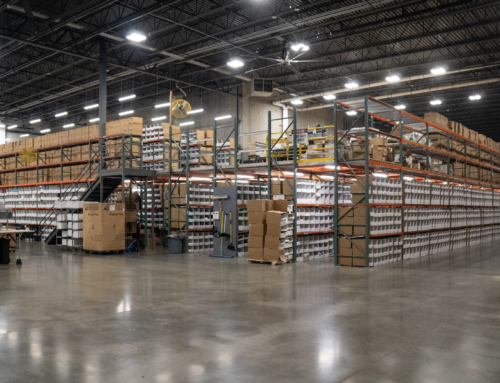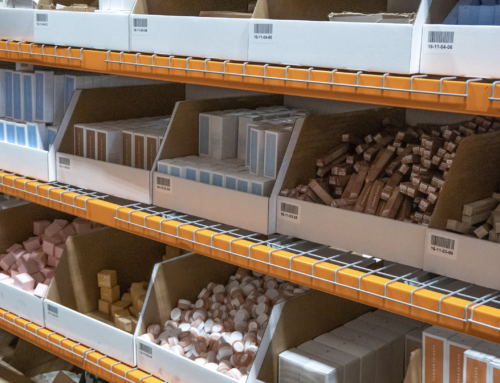As an eCommerce business owner or Shopify merchant, it’s vitally important to understand the intricacies of your supply chain and shipping. An expert opinion or partnership with a 3PL or Fulfillment Center can save you countless time and money spent trying to configure a system that works both efficiently and effectively for you.
In our last article, we reviewed a Complete Guide To eCommerce Shipping, outlining the capabilities of basic Shopify shipping in addition to how partnering with a 3PL or Fulfillment Center can work to resolve this world of headaches. No matter your current mode of operation, understanding the variety of different shipping and carrier rates can help put more money and time back in your pocket to focus on what you do best.
As a result, here are the most common ways to charge customers for shipping along with some pros and cons of each method.
Exact Shipping Cost
An exact shipping cost is when you charge a customer an equal amount as a carrier like UPS or USPS would charge to ship an order.
Pros:
- You can avoid over-charging customers because exact shipping is equal to the true cost.
- This also allows you to maintain a level of transparency and avoid losing money.
Cons:
- At times, exact shipping can appear overly expensive without a discounted carrier service. This can lead to checkout and shopping cart abandonment.
Free Shipping
As implied, Free shipping means that you don’t charge customers a separate line item for shipping. Free shipping is often included as part of a promotional offer on specific items or orders over a certain price and weight.
Pros:
- Incentivises users to complete their purchase rather than abandoning their cart at checkout.
- Adds a unique promotional aspect to your appeal over other competitors.
- Drives more traffic to the website.
Cons:
- At times, you can lose money if margins are poorly calculated.
- Taking away a promotional offer like free shipping after some time can deter repeat buyers if that’s what they expect.
Weight Based Shipping
Weight-based shipping means charging customers shipping based on the weight of their order.
Pros:
- Helps maintain an accurate shipping price (closer to the incurred cost), because the rate is always calculated based on the weight of the package.
- You can separate shipping prices based on different weight categories.
Cons:
- Fails to incorporate the total cost of the package or items purchased.
- At times, Dimensional Weight (computed by multiplying length times width times height) can be confusing for some customers to understand.
- Measuring and recording the exact weight and size of each product can be time-consuming and tedious.
Flat-Rate Shipping
Flat-rate shipping is when the shipping price is not connected to the weight, shape, or size of the item, hence the term “flat-rate”.
Pros:
- Pricing and customer expectations remain consistent.
- Simplifies the process for both you and the purchasing party.
- Flat rates can be geographically separated based on countries.
Cons:
- On larger more far-reaching orders, flat-rate shipping can fail to cover the total shipping costs.
- A flat-rate shipping cost on small orders can deter customers from the checkout because the fixed cost for a small item may appear overly expensive.
Price Tiered Shipping
Price-tiered shipping is determined based on the total cost of an order. For example, a $20 order would have a different tiered shipping price than that of a $200 order.
Pros:
- Provides a custom rate that customers can fairly justify paying based on how much they spend.
- Helps shoppers who feel may discourage paying for an expensive shipping rate after spending very little on their actual order
Cons:
- It demands accurate and strategic calculations.
- Doesn’t take order weight into consideration
Understanding the variety of different shipping and carrier rates is essential in finding what works best for you and your company. For more information on best-rate shipping and customized fulfillment solutions like Packaging, Kitting, and Assembly, On-Demand Printing, and eCommerce integrations contact us today. For more information or to explore our Utah-based full-service marketing and fulfillment center, contact us today.






